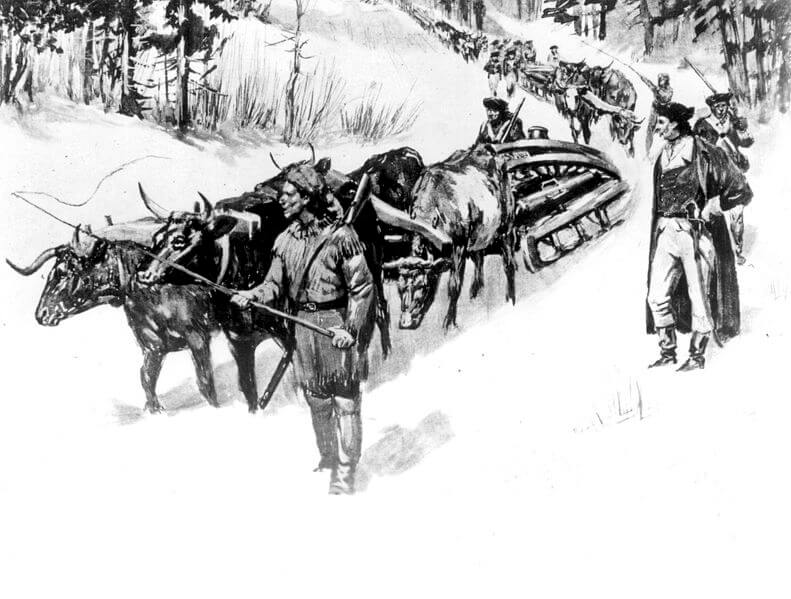

24 JAN 1964 – The Studies and Observation Group, known also as MACV-SOG is officially created. The group was a highly secretive and classified group of special operations forces from across the US Military and CIA that conducted covert unconventional warfare operations during and prior to the Vietnam War. The group had a shaky start as US special operations forces were not ready for the unconventional operations that would take place, doctrine at the time mainly focused on conventional war aspects against large ground forces. The group would conduct operations throughout North and South Vietnam as well as Laos and Cambodia, searching for downed pilots, capture enemy prisoners, and conduct clandestine and psychological actives. The groups operations and very existence were kept secret until the early 1980’s, with most reports on their activities being dismissed. During Senate hearings on Vietnam War POW/MIA issues in the 1990’s documents were finally released giving insight into the groups operations. It was not till the release of the Pentagon Papers in the 1970’s that is was found that SOG had a part in instigating the Gulf of Tonkin incident, which the US used as justification for increased military operations in Vietnam.
27 JAN 1776 – Henry Knox with his Noble Train of Artillery arrived in Cambridge, Massachusetts. With the Continental Army capture of Fort Ticonderoga came 60 tons of cannons and other armaments that were to be transported 300 miles during the winter to troops outside of Boston. Over the course of three months Know and his troops would move the artillery through poor roads, forests, swamps and over two partially frozen rivers. During rivers crossings several cannons would fall through the thin ice into the water, and each time recovered. The cannons were moved with horses, ox drawn sledges and boats over the great distance. Once arriving near Boston the cannons were quickly put to work ending the Siege of Boston. While Knox originally planned his movement to only take two weeks, the harsh conditions and winter drew it out to 10 long weeks. The Knox Expedition is known today as one of the greatest logistics feats of the Revolutionary War.
27 JAN 1942 – The USS Gudgeon becomes the first US submarine to sink a enemy Japanese submarine, I-173, during WW2. During her first patrol the USS Gudgeon was also the first US ship to patrol off the Japanese home islands coast during the war, sinking the I-173 on the way back home. Over the course of the war the USS Gudgeon would have 14 confirmed kills, becoming the 15th on the honor role of American submarines. During her 12th patrol of the war, in 1944, was declared overdue and lost, with her final resting place unknown.
